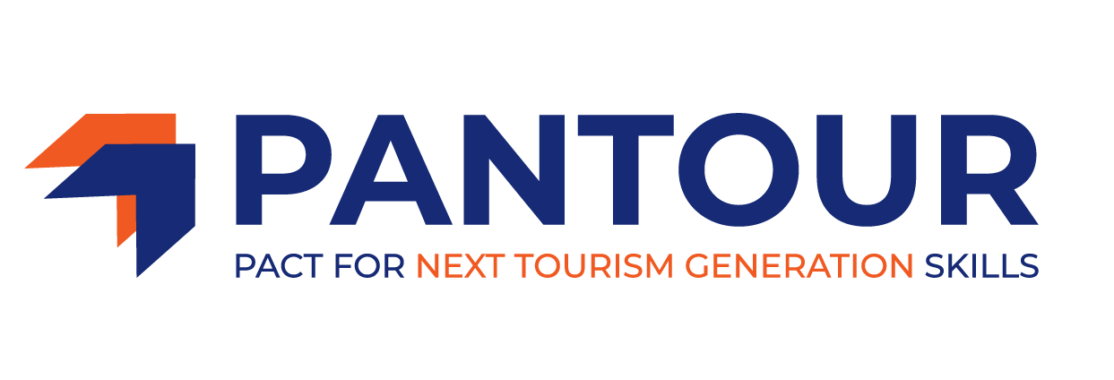Compare existing knowledge and skills to identify strengths and gaps
The matrix has a list of skills /competencies that have been compiled to reflect the requirements of tourist related industries across Europe and can be used to compare the identified knowledge and skills contained within the matrix, against existing knowledge and skills. This gap analysis will provide the individual with a comparative analysis of their present skills and knowledge and identify topics that may be outdated or missing within the three core skill areas.
Individuals may refer to the mapping document to help them identify the green, social and digital competencies required at each level within the different sub-sectors. The mapping documents have been created from the competencies within the matrix and so the user could use the matrix directly but have the advantage that the user is able to indicate on the spreadsheet where they already have the competency, and/or feel that it would be beneficial to gain competency in that area. As the mapping documents are developed in MS Excel this enables the user to use the filter button to produce lists of competencies they have and / or a wish list of competencies they would like to gain.
Using the analysis results
Once the individual end user has created these lists, they can then use that information in various ways:
- Skills gap analysis
- To look for relevant learning programmes that will help fill your gaps
- To use during appraisals / performance reviews to inform discussions on performance and / or training needs
- To help understand what the latest competency requirements are for the tourism industry within the five sub-sectors: accommodation, food & beverage, travel agencies and tour operators, destination management and visitor attraction
- To help understand job descriptions and person specifications
- Identified existing skills / competencies
- To use during appraisals / performance reviews to inform discussions on performance, strengths and progression and where meet requirements
- To help understand what the latest skills / competency requirements are for the tourism industry within the five sub-sectors: accommodation, food & beverage, travel agencies and tour operators, destination management and visitor attraction
- To help identify strengths and skills / competencies to review against job descriptions and person specifications when looking at applying for new roles including progression
- To help inform about other opportunities and/or occupations in the tourism sector that may utilise identified skills /competencies
- To help develop their CVs (Curriculum Vitae).
Using the job profiles
Within the toolkit there are 19 job profiles that have been developed to show how the competencies identified within the matrix may fit into a job profile from within the tourism sector. The individual user may find these profiles useful to refer to in order to get an idea of the green, social and digital competencies required within these roles. Although the individual user is highly likely not to be able to find the exact job profile they are interested in, the 19 samples will give a good indication and can be used as a reference document to start to understand the competency requirements. It should be noted that the job profiles only concentrate on the three areas; green, social and digital, whereas in reality, a job profile will include many other areas of competency like, for example, customer service, management skills, technical skills etc.
The individual user may also find it useful to use their mapping outcomes alongside the job profiles to be able to determine the gaps and strengths specifically in context to the type of job role they are interested in.
Documentation
There are eight excel mapping documents, one per EQF level (1 – 8), each with three worksheets. In each mapping document there is a mapping worksheet for green competencies, a mapping worksheet for digital competencies and a mapping worksheet for social competencies. There are 19 job profiles.
List of resources:
Mapping documents:
Level 1 D, S, G Mapping Document
Level 2 D, S, G Mapping Document
Level 3 D, S, G Mapping Document
Level 4 D, S, G Mapping Document
Level 5 D, S, G Mapping Document
Level 6 D, S, G Mapping Document
Level 7 D, S, G Mapping Document
Level 8 D, S, G Mapping Document
Occupational profiles:
Catering Manager
Environmental Education Officer
Events Manager
Fast Food Restaurant Manager
Head Chef
Head of Marketing – National Tourist Board
Project Manager
Heritage Manager
Hotel Receptionist
Housekeeper
Tourism Officer
Museum or Gallery Exhibitions Officer
PR and Social Media Manager
Public House Manager
Theme Park Manager
Tourism and Destination Marketing Manager
Tourist Information Centre Manager
Visitor Centre and Gallery Assistant
Waiter or Waitress



